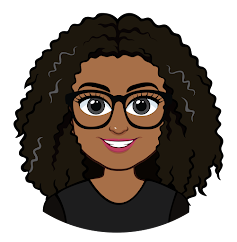Louisiana Virtual Teacher Leader Summit 2021
After leaving TLS 2021 I am a more knowledgeable about the three dimensions of NGSS. I have always known about Science and Engineering Practices, Crosscutting Concepts, and DCI's. I just didn't know the role it plays when planning a science lesson using high quality science curriculum. After attending TLS 2021 I have a better understanding of science standards in my state and the resources we have available. Last week I had the opportunity to visit all high quality science curriculum providers, a session on instructional coaching, and culture responsive teaching. .
Out of curiosity I attended all of the high quality science curriculum providers sessions grades K-12. The lesson preparation process was scaffolded into different sessions. We as educators participated in those sessions as a student and teacher. We were given instructional strategies to use in classroom. I love that we were given a chance implement those strategies as students. Majority of the sessions were interactive and engaging. The use of breakout were very effective and well implemented. After attended these session and reviewing my notes I realized they all following the lesson planning guide for high quality curriculum instruction for the state. Each curriculum has a different name for the step in the lesson planning process. Here is the knowledge I gained from those high quality science curriculum sessions:
- They all have an unpacking process we should be analyzing the unit performance expectation(s) to understand what students should know and be able to do
- according to the your state student standards for science. Then examine your state's learning progressions to understand content from previous grades or courses.
- They all have a deep dive or anchoring phenomena process that builds an understanding of the unit launch experience by exploring the unit overview and the elements of the anchoring phenomena routine for a students perspective. The science team students will explore, make sense, identify relating and develop questions about the phenomena
- Lesson set annotation: the teacher reads the lesson set performance expectations, identify competing ideas that students have about the phenomena, identify the instructional routine that you will use for the unit, and determined how you will assess students. Also, you should identify a routine that will address unfinished learning.
- Analyze student work: establish norms, analyze the work to formatively assess students understands and form that assessment determine the effectiveness. If not effective make the changes necessary.



Comments
Post a Comment